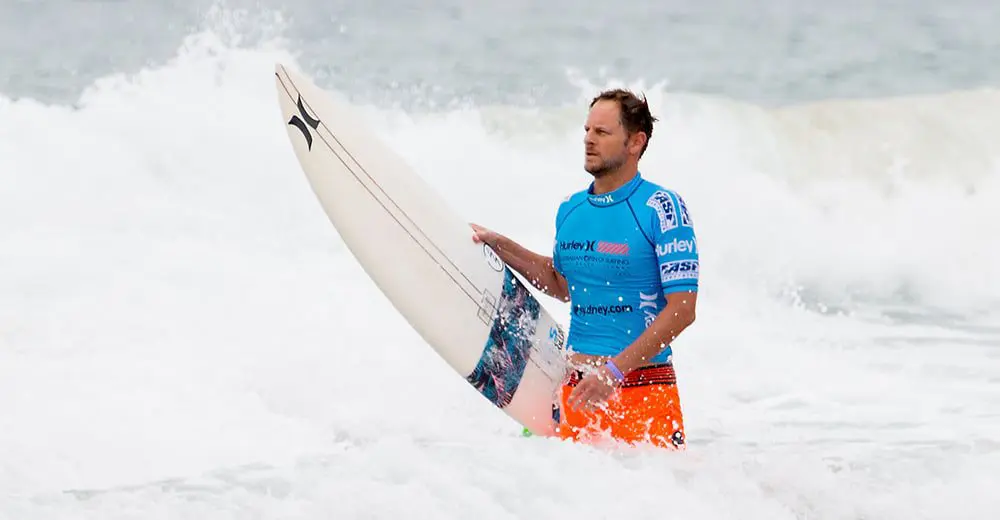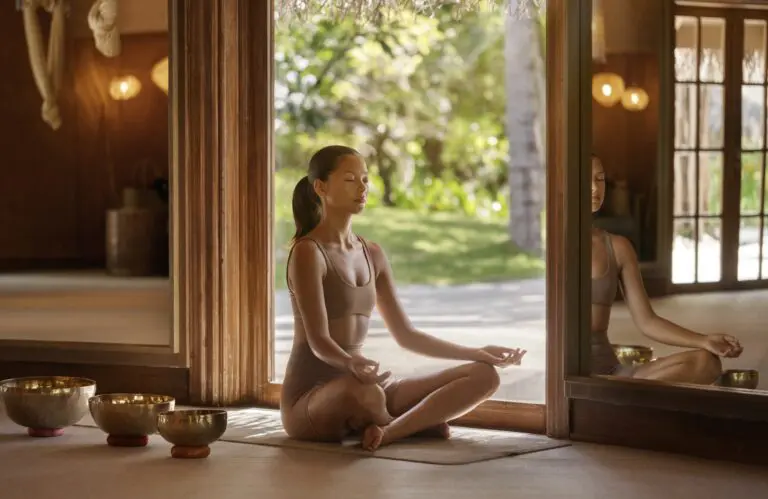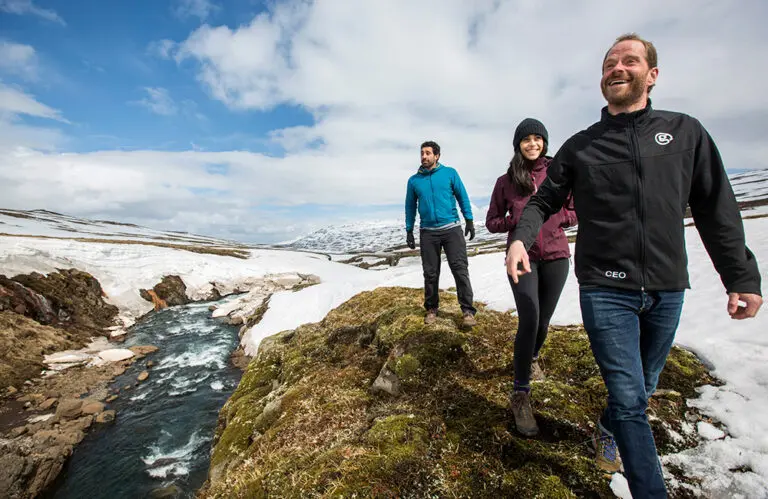Ex pro surfer Richie Lovett shares his top tips for beginner surfers and why it’s great to learn in the cooler months.
While the sun’s already set on summer, many people feel that March and April are the best months of the year, there’s still plenty of time to fulfil your summer promise to learn to surf. And, with smaller crowds on the beaches and cooler offshore breezes offering smooth, quality waves, there’s never been a better time to learn!
Former pro surfer Richie Lovett, who has recently launched his own range of 7S surfboards through Global Surf Industries, advises that the fringe months of summer provide great conditions for those who are starting out.
“The water is still really warm through March and April and even once the water temperature drops, the waves are great and there’s fewer people to contest with in the surf”
Richie Lovett, former pro surfer
“First things first, you need to select the right board,” Lovett said. “It’s important to choose a board that has enough volume and is stable enough to hold your weight. A soft board is great to start with as they’re very steady and safe,” added Lovett.
Once you’re equipped with the right board, Richie recommends taking note of the following tips to get you standing up in no time:
1. Watch the waves

One of the hardest things for a beginner is getting in the right position to catch a wave. Before heading out, sit on the beach for ten minutes and watch where the waves are breaking. Take note of where other surfers are paddling out and taking off and go from there.
2. Practice the ‘POP-UP’
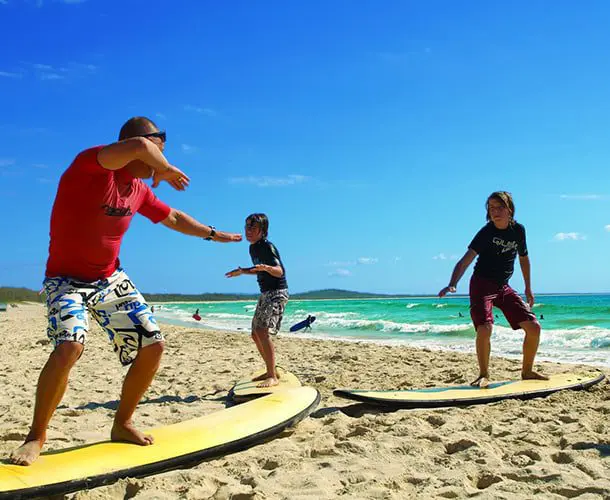
Getting to your feet takes quite a bit of strength and the stronger your upper body is the faster you’ll be able to ‘pop-up’ onto your feet. Before you head out, dropping to the floor on the sand and jumping to your feet as you would on a board. You may feel silly but this is an exercise every good surfer has had to practice.
3. Start small
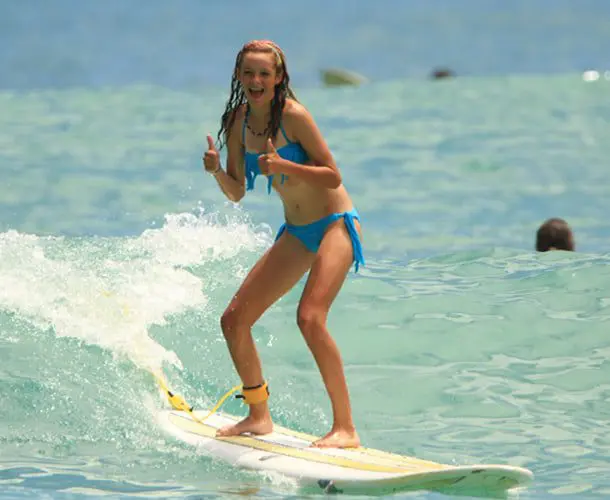
You don’t want to catch anything too big or challenging to start out so look to surf small waves, no bigger than waist height, that gently break across the sand bank. “It’s best to start by walking the board out to where you feel comfortable and then riding foam waves first before trying to catch a breaking wave,” Lovett advises.
4. Paddle like you mean it!
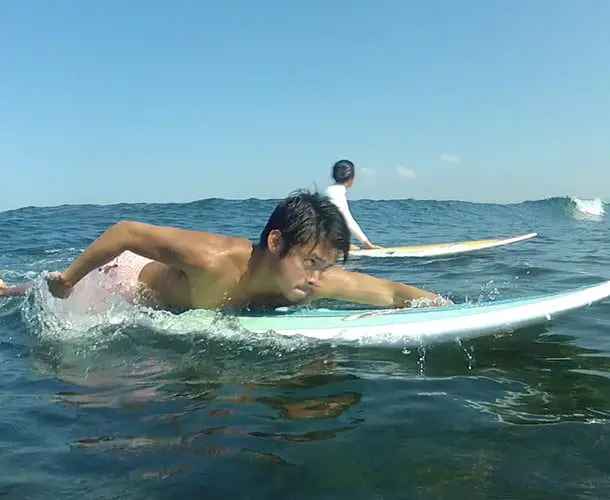
Once you’ve positioned yourself for an approaching wave, paddle HARD, like you are going for gold., it will make all the difference. The faster you can paddle the more likely you’ll catch the wave earlier, which makes it easier to jump to your feet.
5. Take up a fighting stance
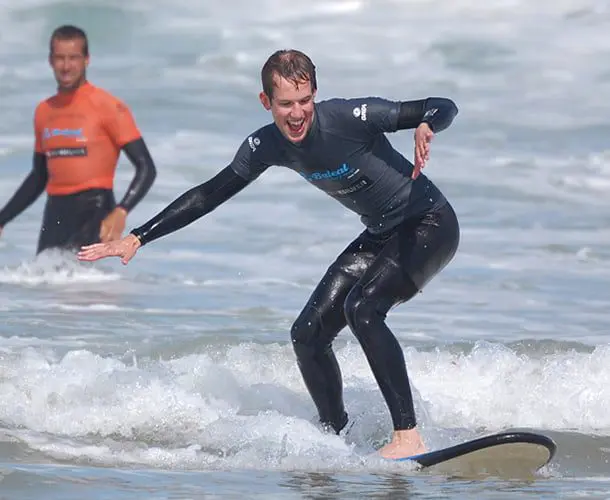
Once you jump to your feet get into a fighting stance. Position your feet a little more than shoulder width apart, bend at the knees and stretch your arms out by your side for balance, as if you’re walking on a tightrope. “Imagine someone is about to push you over – that’s the type of stance you need,” Lovett says.
6. Don’t look down
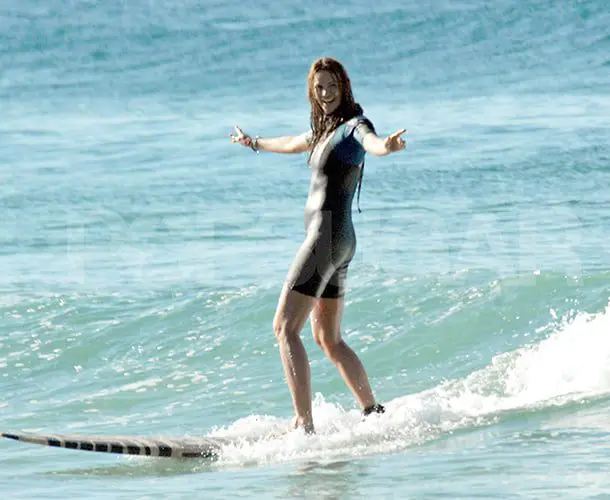
Once you’re up and riding, keep your head up. Don’t look down at your feet otherwise you’ll lose balance straight away. Keep your eyesight level and focussed in the direction you’re travelling.
7. Start out straight
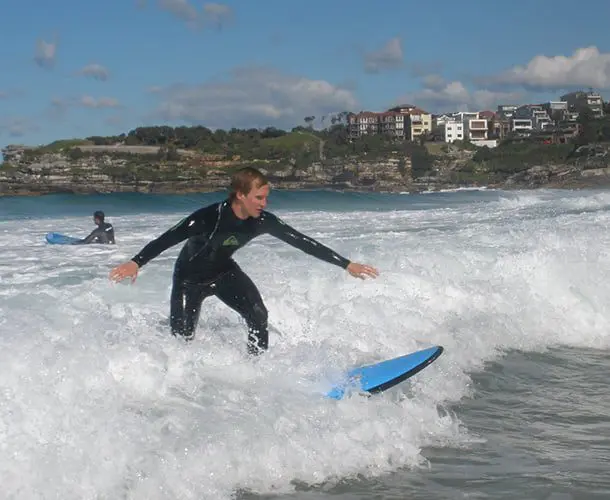
Initially you want to try and surf the wave directly towards the beach. Ideally you want to be able to ride the whitewash before graduating to the unbroken parts of the wave. Once you can confidently ride foam waves to the beach it’s time to start heading left and right.
8. Learn the rules

Much like road rules, there are also laws to surfing to help keep order in the line-up. If two surfers are paddling for a wave the surfer closest to the breaking part of the wave has the right of way. Above all, always respect the ocean and fellow riders!
Get your own board
The Gnaraloo Soft Surfboard (RRP $324) is perfect for first time wave riders as it’s tough enough to take a beating, yet soft enough to keep beginners safe.
Keen to start out on a finless board? The Seaglass Project’s Albacore (RRP $350) is tough, versatile and safe and there’s no need to mess around with wax or complicated fins. The soft round nose and finless bottom provides a much safer ride than your typical surfboard and makes first time surfing fun, easy and user friendly.
And, if you’d rather skip straight to a hard board, the Modern Blackbird (RRP from $685) is definitely the way to go. Available in five awesome colours, this board paddles exceptionally well, feels stable under foot and accelerates with minimal effort – perfect for any surfer just starting out!
Are you planning to take up surfing this autumn?


